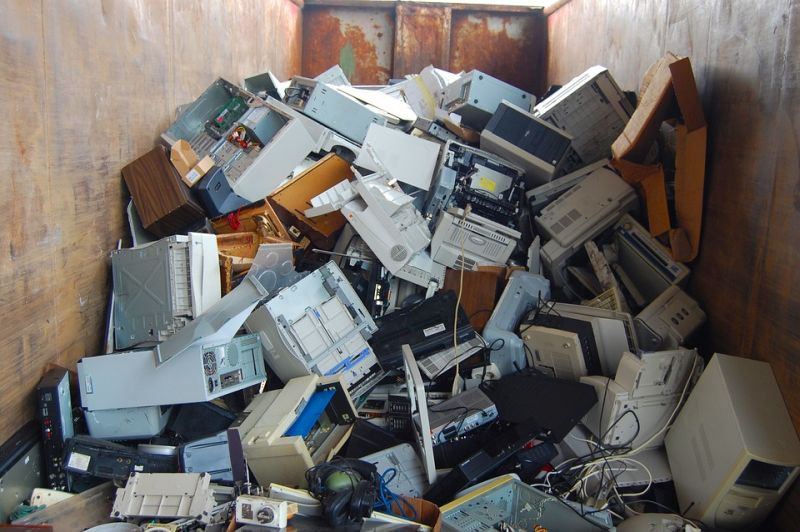You may have heard the term e-waste before and might be wondering what it means. E-waste simply stands for ‘electronic waste’. All electronics, whether they be mobile phones, microwaves or old computer parts become e-waste once they are discarded.
What’s the difference between e-waste and regular waste?
Many electronics use dangerous chemicals and compounds in the manufacturing process, if this waste is not disposed of correctly, these chemicals can leech into the environment and cause grave problems for humans.
E-waste in developing countries
In developing nations, improper disposal of e-waste has become a serious problem. As the worlds appetite for electronics grows, so too does the potential waste. Harmful materials such as lead, cadmium, and mercury are all present in electronic waste and as such pose very real problems to those trying to recycle or dispose of said waste.
The mountain of e-waste grows at a monstrous rate and now is a critical time for us to act and reduce this waste, but what can be done? Recycling this waste is perhaps the best solution but requires special equipment and infrastructure. Luckily though, there are people starting to act, and we now see e-waste recycling stations popping up across the country. Let’s have a look at what we can do to reduce this waste and help the environment.
How to reduce E-waste
1. Product cycles and inbuilt obsolescence
The explosion of cheap consumer electronics has created massive industries. Many of these industries release newer iterations of their products regularly. These product cycles keep the market flooded with the latest and greatest devices and keep consumers buying new products. Smartphones are a great example of this trend, with consumers replacing their smart phone on average every 18-24 months.
These product cycles are key to maintaining consumer interest and have given ordinary people access to miracles of technology. This aggressive pursuit of market dominance is also responsible for alarming amounts of e-waste. A smartphone is not expected to last you more than two years and when the time comes to replace it, the product is usually discarded into landfill.
A change in our consumer habits would reduce e-waste, but this is the hardest solution to our problem. Convincing people they do not need the latest and greatest smartphone or computer becomes more difficult with every passing year as these product cycles enforce the idea of constant upgrading and purchasing. Remember when an appliance was expected to last you a lifetime?
2. Reduce, re-use and recycle
Convincing the world to reduce the use of electronics seems unlikely. The next best solution then is to re-use and recycle. Along with potentially harmful materials, e-waste usually contains valuable materials such as copper and aluminum as well as precious metals such as gold and palladium. Recycling e-waste can be profitable and more importantly, reduce the amount of waste destined for landfill. Repurposing electronics can also reduce waste, as many components can find a new lease on life in other machines or pieces of equipment.
E-waste is only now being recognized as a threat to our way of life. A lack of knowledge on the consumer’s behalf has led to huge amounts of electronics being discarded every year. Recycling your old mobile phone is a good way to help and there are free services available such as Mobilemuster to help responsibly dispose of your old smartphone.
Recycling other electronics can be easy too, check your local area for e-waste recycling stations. There is money to made scrapping electronics for the valuable materials they contain, but it can be hazardous so check with the appropriate authorities before you start trying to liberate the gold from your old computer. Reducing e-waste should be everyone’s responsibility, and it goes hand in hand with a sustainable future for our planet.
Article Submitted By Community Writer


